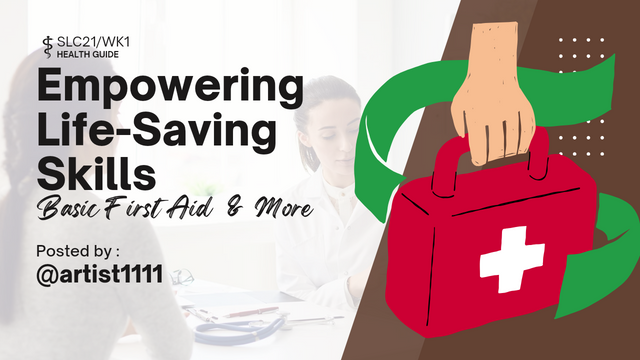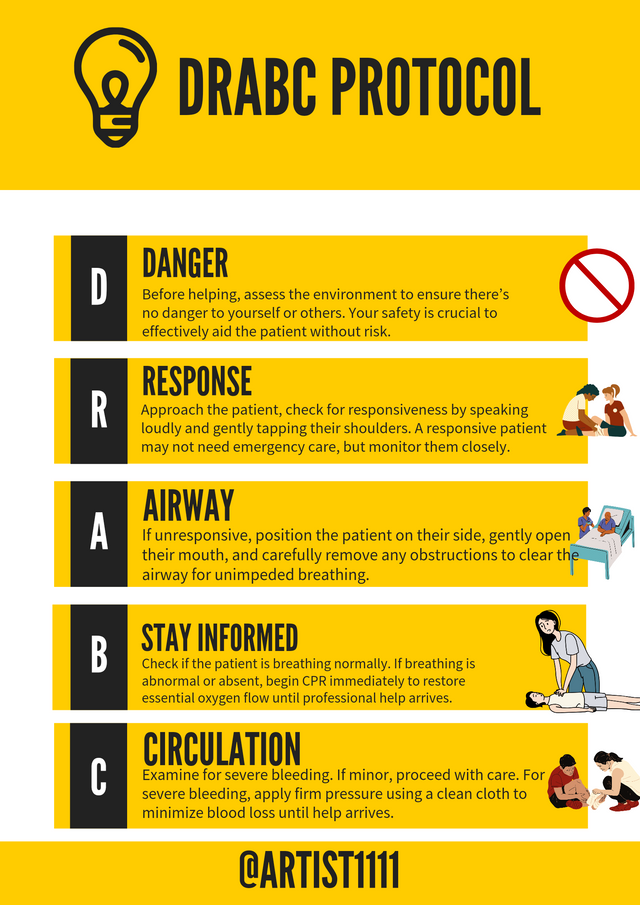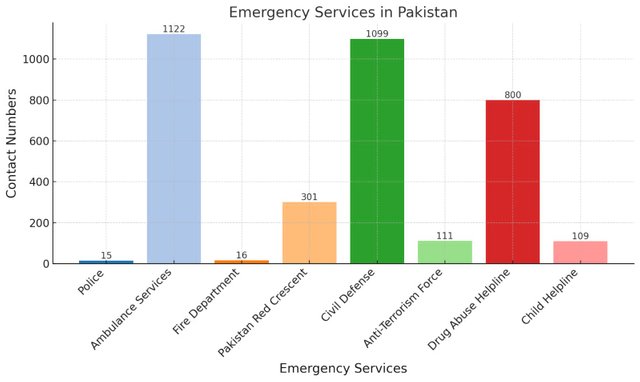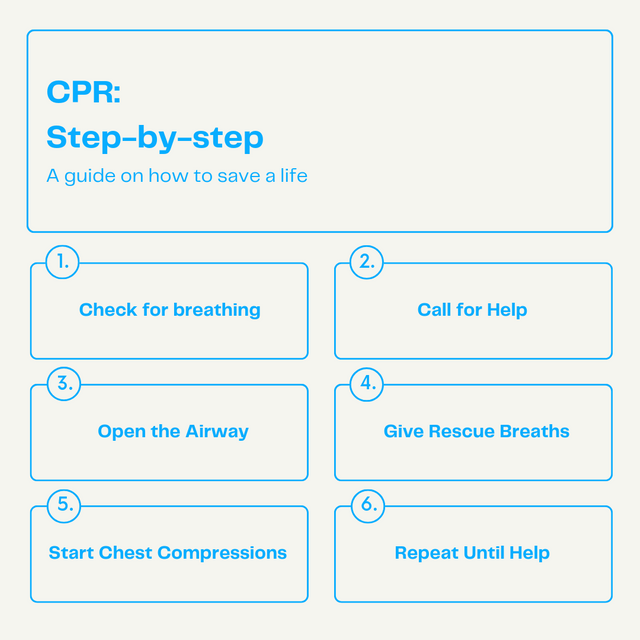SLC21/WK1: Empowering Life-Saving Skills: A Guide to First Response and Basic First Aid

We all have those moments, when life just throws everything off kilter. Often, knowing a few elementary first aid techniques could swing the difference.
I, too, was going on my way from my place towards the uni hostel, paying no attention to anyone's business, when I saw it happen-right out of one of those action movies-one motorcycle accident! Two men on bikes had collided in the middle of the intersection, and one of the bikers was really smashed up.
At first, I froze, thinking, “Is this actually happening?” My mind went blank. I had seen first aid done before but hadn’t exactly practiced it myself. Then it hit me! I remembered a first-aid seminar we had at university. I figured, well, now’s the time to put that knowledge to work!
I took a deep breath and walked over, trying to analyze the situation just as they had instructed us. Of course, I was not as suave as the pros, but I did my best not to panic. I chatted with the injured fellow to keep him calm, while checking for any heavy bleeding.
At that moment, I was so much grateful for that seminar; it made me not have to be an expert but just by knowing a little, I'd survive until others arrived.
As the first responder in this scenario, I would stay calm, quickly assess the situation, and follow basic first-aid protocols to manage it safely.
Ensure Scene Safety
For this, first, I should immediately look for any danger arising from traffic, broken glasses or leaking fuel. I have to alert the nearby running cars and ask them to slow down or stop because I have to ensure proper protection around the injured motorcyclist. My safety would also be critical, thus I need to watch for any kind of hazard from which danger may arise threatening our selves.Check Responsiveness
Approaching the motorcyclist, I’d gently tap his shoulder and ask, “Can you hear me?” or “Are you okay?” If there’s no response, it confirms that he’s unconscious, and I’d prepare to perform basic first aid.Call for Emergency Help
While assessing the situation, I’d ask a bystander to call emergency services and provide the location details, mentioning that there’s an unconscious person with a leg injury who needs urgent assistance.Check Airway, Breathing, and Circulation (ABC)
I would position his head back and elevate his chin by using the head-tilt, chin-lift method to ensure that the airway is open to the motorcyclist. I would rapidly check for signs of breathing by observing his chest for rise and fall, listening for breath sounds, and feeling for air on my cheek. If he is not breathing, I would be ready to perform CPR (if trained) until help arrives.Control Bleeding
Seeing bleeding from his leg, I’d use any clean cloth or gauze available to apply firm pressure to the wound. If it’s a deep wound, I’d avoid moving his leg to prevent further injury, focusing instead on just slowing the bleeding.Keep Him Stable and Comfortable
I’d stay with him, offering reassurance, even if he’s unconscious, as it helps in maintaining my own calm and focus. If he regains consciousness, I’d encourage him to stay still to avoid aggravating any potential injuries, particularly if he has a head or neck injury.Update Emergency Responders on Arrival
When the emergency team arrives, I’d give a quick summary of what happened and what I observed, including any first-aid measures I applied.
By following these steps, I’d do my best to ensure the motorcyclist receives timely and safe care until professionals take over.
 |
|---|
DRABC is the most crucial first aid procedure in evaluating and managing a potentially life-threatening situation.
At every step, the procedure was designed for patient safety and stability until the right medical attention reached. Remember, safety first goes to the rescuer.
Cool down, calm down, then apply the DRABC. Practicing these steps will help you confidently answer challenges, as quick and organized action can determine a lot of the outcome in patient care during emergencies.
 |
|---|
Here’s a brief overview of the emergency services in Pakistan, including their contact numbers.
| Emergency Service | Contact Number | Description |
|---|---|---|
| Police | 15 | The police are responsible for maintaining law and order, preventing crime, and responding to emergencies. |
| Ambulance Services | 1122 | This is the emergency medical service providing immediate medical assistance. |
| Fire Department | 16 | The fire service responds to fire-related emergencies and assists in rescue operations. |
| Pakistan Red Crescent | 0301-1222273 | Provides emergency medical care, disaster relief, and community health services. |
| Civil Defense | 1099 | Engages in disaster preparedness and response, ensuring safety during emergencies. |
| Anti-Terrorism Force | 111-786-786 | A specialized unit for combating terrorism and responding to related incidents. |
| Drug Abuse Helpline | 0800-00999 | Provides support and guidance for drug-related issues and emergencies. |
| Child Helpline | 1098 | Offers help for children in distress, including those facing abuse or neglect. |
Regards
artist1111

Student Name: @artist1111
Time of checking: Within 24 hours of the homework
Overall Grade: [8/10]
Plagiarism Check: Pass
AI Use: No
General Feedback:
Your report shows a solid understanding of first aid skills and the DRABC protocol, with a consistent level of effort across the different tasks. Enhancing descriptive detail and adding more visual and creative elements will improve your presentation and deepen your learning experience. Keep up the excellent performance in the quiz section, as it reflects well on your understanding of the material. Also, make sure to reference all visuals accurately and prioritize free-to-use images. Great work overall!
Thank you.
Regards,
@abdu.navi03
Thank you gentleman for your time.